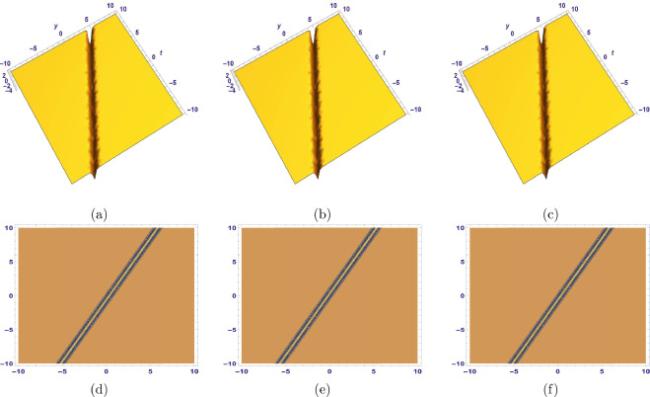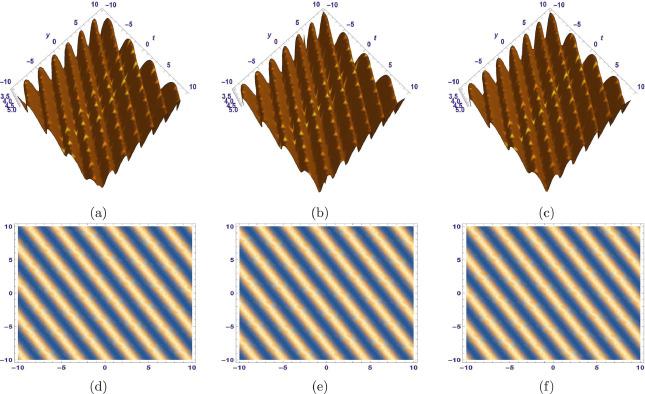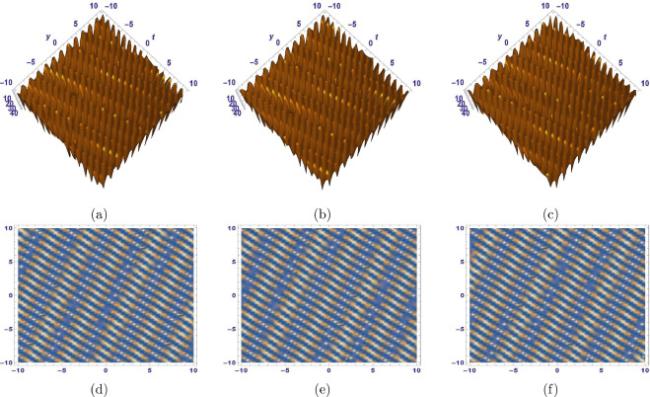Internal waves and ocean topography have been a major focus of research for a long time. The driving mechanism of wave solutions affects the propagation of surface and internal gravity waves. Oceans, lakes, and the sky all have these waves, and the mechanism that creates them could be beneficial in ocean engineering. Shallow-water equations are a collection of hyperbolic partial differential equations that explain fluid flow beneath a pressure surface
[4]. Water wave dispersion refers to frequency dispersion in fluid dynamics, which means waves of different wavelengths travel at varying phase speeds. In this context, water waves are waves that propagate on the water's surface, with gravity and surface tension acting as restoring forces. As a result, water with a free surface is commonly thought of as a dispersive medium
[5]. Ocean engineering involves the development, design, operation, and maintenance of watercraft propulsion and ocean systems using a variety of engineering sciences such as mechanical engineering, electrical engineering, electronic engineering, and computer science. Power and propulsion plants, machinery, piping, automation and control systems for all types of marine vehicles, as well as coastal and offshore constructions, are all included
[6]. Water wave equations describe various nonlinear physical phenomena in the above mentioned areas. Breather wave solutions, for example, are crucial in the study of ocean waves since they are formed from these types of equations. Breathers are pulsating localized structures that have been used to simulate high waves in a variety of nonlinear dispersive environments. They are commonly used in coastal engineering. They use a narrow banded beginning procedure to replicate severe waves in a range of nonlinear dispersive mediums. Breathers, on the other hand, may be able to exist in more complex ecosystems, such as random seas, despite the inherent physical limitations, according to several recent studies
[7]. This study is going to present some important two-wave and breather wave solutions to the (2+1)-dimensional Korteweg-de Vries equation.






